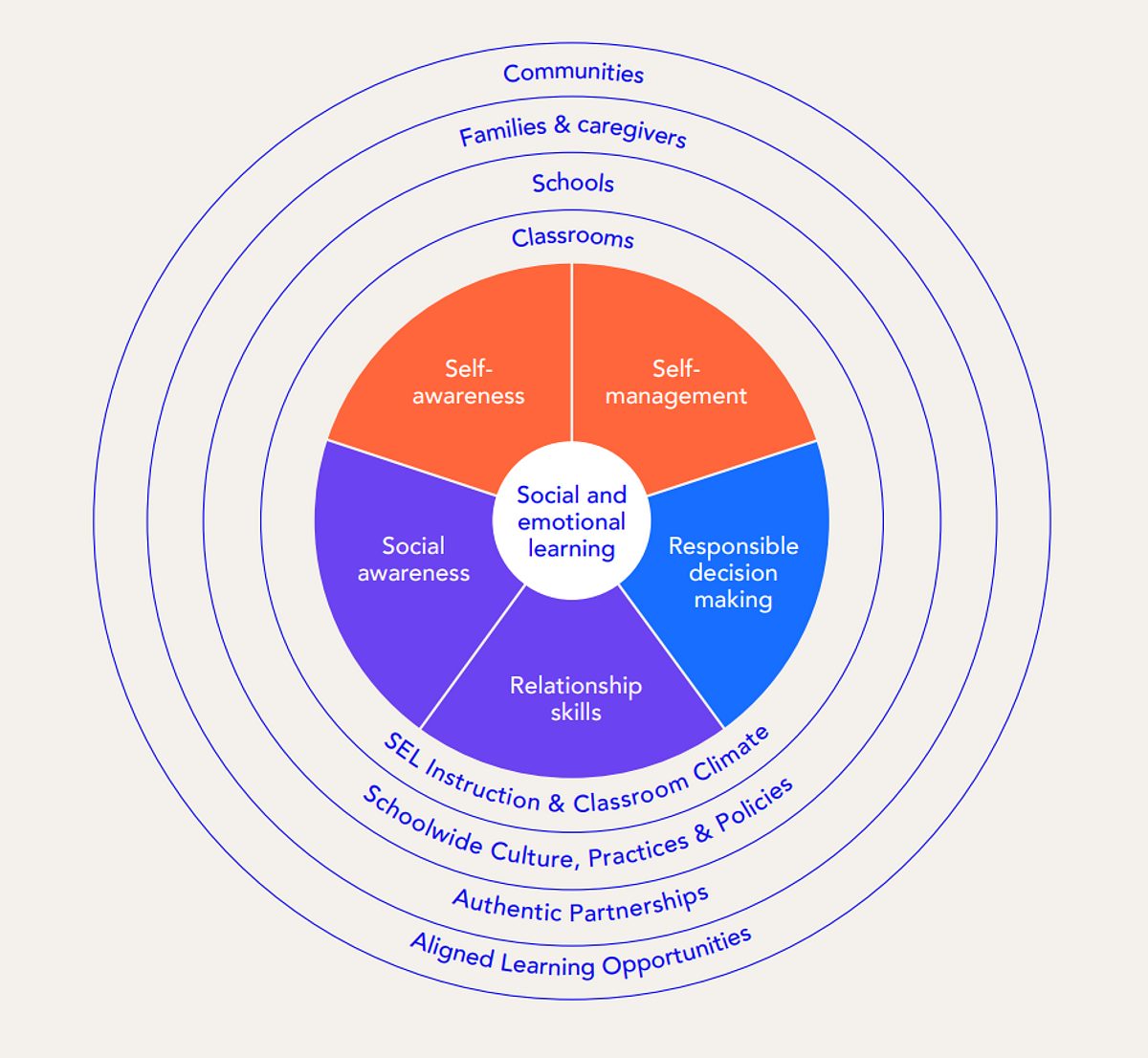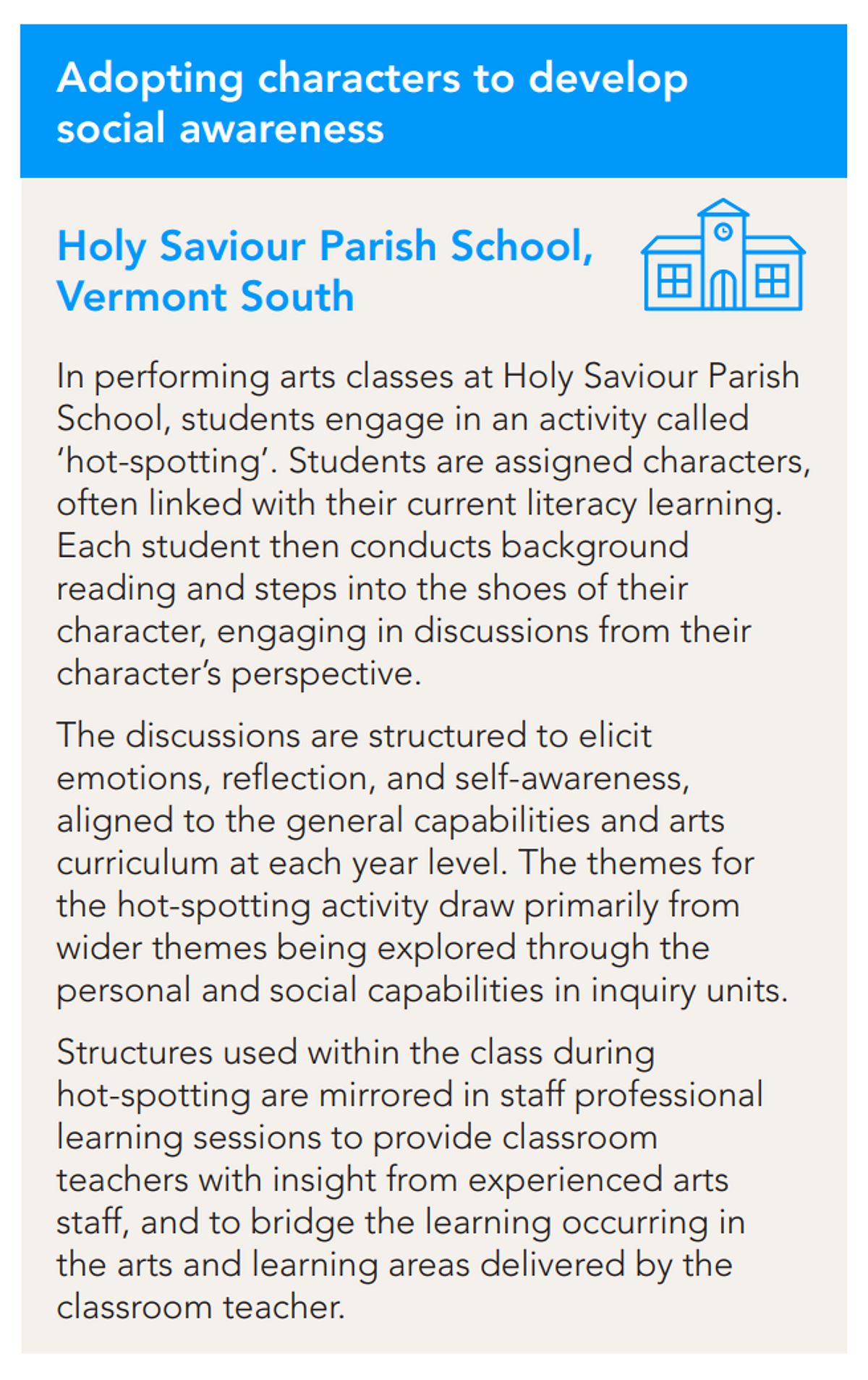Introduction to the ‘evidence for impact’ blog series
With the new year well underway, schools and early learning settings across Australia are grappling with the past and present impacts of the pandemic, and now, also impacts of the floods in some parts of the East Coast. This challenging context provides an opportunity for instructional leaders to use a strong evidence base to focus upon targeted and manageable actions that support learning and wellbeing.
The impacts of the pandemic (and other disruptions such as floods) on children and young people can be highly variable, with significant differences to be expected across contexts, cohorts and circumstances. Furthermore, there is ongoing potential for additional disruption of learning and development due to isolation requirements for both educators and children who develop Covid-19 or are close contacts of those who do.
This next blog in the series is about how primary schools can approach Social and Emotional Learning (SEL).
As per the evidence in E4L’s Teaching and Learning Toolkit, SEL is a moderate impact, moderate cost approach that can have benefits for students equivalent to an additional four months of learning progress on average. Many schools are exploring how SEL approaches can support student learning at this turbulent time.
What does the research say about SEL?
SEL is the process through which children and adults understand and manage emotions, set and achieve positive goals, feel and show empathy for others, establish and maintain positive relationships, and make responsible decisions. The Collaborative for Academic, Social, and Emotional Learning (CASEL) outlines a core set of SEL skills and capacities, drawn from research evidence, which provides a framework for schools.

Figure 1: The CASEL Skills framework (Adapted from CASEL, 2020)
How can you build SEL within your school?
Schools tackle SEL in many different ways, and while there is no silver bullet, one common feature of SEL programs which have demonstrated effectiveness in research is the inclusion of a spiral curriculum (see Figure 2). This articulated sequence shows the need to break down SEL skills, as you would any other, to develop those skills progressively and have the revisiting of concepts built into the broader curriculum.

Figure 2: An example of a spiral curriculum to show how the teaching of emotions may progress throughout a primary school (from the E4L Guidance Report on SEL as adapted from ACARA)
E4L’s Guidance Report contains six recommendations for primary school leaders who are diving into SEL to improve outcomes for students. All six should be seen as a collective approach, rather than a list to select from, however this blog focuses primarily on Recommendation 2 ‘Integrate and model SEL skills through everyday teaching’.
The suggestion of this recommendation is not to replace core curriculum teaching on knowledge and skills, but to identify opportunities for linking and embedding SEL skills in ways that complement everyday teaching.
With students and teachers having felt the impacts of ongoing lockdowns, isolation, illness and uncertainty that have been recurring themes over the past two years, there is a need more than ever for a ‘smarter not harder’ approach, and embedded SEL within teaching provides an opportunity to do just that.
SEL in practice
At Holy Saviour Parish School, students engage with SEL through explicit teaching in both dedicated SEL lessons and within other subjects. The example below demonstrates one activity within a unit co-developed by teachers weaving together skills and capabilities from SEL, performing arts and literacy. The unit is replicated across all year levels using a spiral curriculum (such as the example in Figure 2), using appropriate literature, characters, and language around social awareness to challenge and progress students as they transition from year to year.

Figure 3: Social awareness through the arts and literacy at Holy Saviour Parish School (from E4L’s Guidance Report)
Considerations for school leaders
- The impact on achievement of social and emotional aspects of learning is not consistent, so it is important to evaluate the impact of any initiative. Have you considered how you will do this? (e.g. are indicators such as student self-awareness being captured and analysed?)
- How will you provide appropriate professional development for teachers and other school staff to effectively support SEL approaches? (e.g. ongoing professional development around the schools SEL approach or targeted approaches to respond to student needs)
- How will you ensure that you support all staff to consistently apply aspects of SEL and embed them in routine school practices? (e.g. how are your policies and norms structured to support SEL in your school?)
- Can you build on good practice that is already occurring at your school? (e.g. amplifying areas of strength identified through a process of audit and discussion?)
Considerations for instructional leaders
- How will you link the teaching of social and emotional skills with academic content in a meaningful and consistent way? (e.g. focusing on one SEL skill – such as seeing others’ perspectives’, for a month and building it through activities in subject areas)
- How can you build a spiral curriculum so that students are deepening their understanding and ability as they progress through their school lives? (e.g. what does self-awareness look like across at each year level and where are the opportunities to develop this skill?)
Key takeaway
Social and emotional learning should be seen as an approach that compliments the teaching and learning of ‘academic’ content and skills, not as something delivered in isolation, or at the expense of content and skills.
